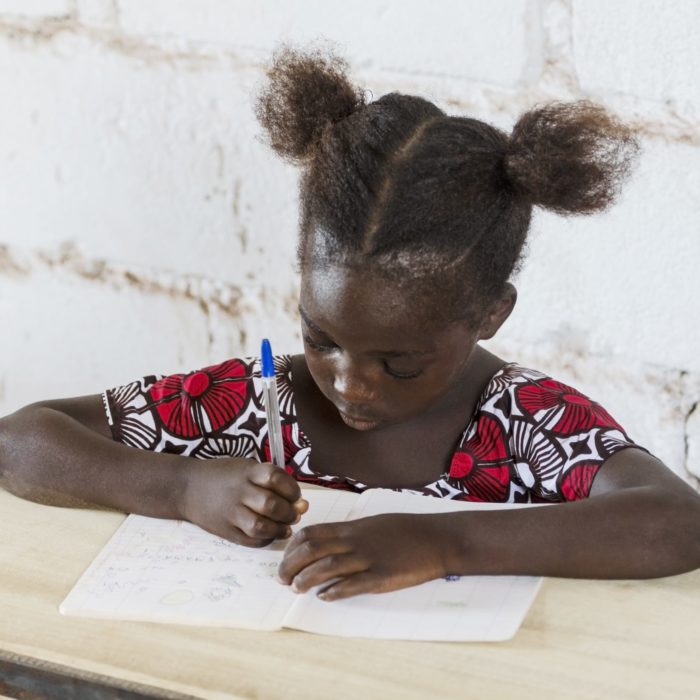As unbelievable as it sounds, even today, around 168 million children are still victims of child exploitation. For this reason, the International Labour Organization decided to establish this day to raise awareness of a problem that needs to be eradicated urgently. Today, more than ever, let’s end child labour!
The situation of millions of children
Today, millions of children are working to support their families or simply because they are constrained to perform forced labour against their will. And this is how these children lose not only their children but also the opportunity to continue their schooling and realise their dreams, the true path to progress in any country.
These children do not have time to go to school nor to play like the other children of their age. They have not been given the opportunity to be children, a crucial step in the personal development of any person. More than half of victims of child labour are exposed to dangerous environments, illegal activities and are sometimes even involuntarily involved in armed conflicts.
However, when children are forced into the most dangerous forms of labour, when they then miss school, when they are at risk and their health and well-being are impaired, this is unacceptable. Actions must be taken to address this situation, including preventing it from happening in the first place. – Susan Bissell, UNICEF’s Child Protection Section chief.
Against child labour
The fight against child labour is one the eight United Nations sustainable development goals: “Take immediate and effective measures to eradicate forced labour, end modern slavery and human trafficking and secure the prohibition and elimination of the worst forms of child labour, including recruitment and use of child soldiers, and by 2025 end child labour in all its forms”.
Moreover, this year, the International Labour Organization (ILO) is celebrating a century of fight against the exploitation of children and promotion of social justice and decent work. The celebration of the World Day Against Child Labour is the opportunity to take stock of the progress made but above all, to determine action on all that remains to be done. This World Day also intends to make us understand that the abolition of child labour is everyone’s business and that we must all encourage the governments, the trade unions, the media, the schools and the rest of the society to take initiatives to solve this problem.
In this sense, everyone may wonder what can be done individually. Amanda Martín, UNICEF’s Child Protection Specialist in Peru mentions four strategies to eliminate child labour. Strategies to which we can all contribute on a small scale, starting with applying them in our own environment:
- Reduce poverty.
- Provide access to quality education.
- Provide quality employment to adults responsible for children.
- Eliminate social norms that legitimise child labour.
Every child deserves a happy childhood, far from any form of forced labour that are taking them away from their dreams. That is why today, more than ever, let’s fight against child labour!
#TheUnescapeRoom
Sometimes we need to put ourselves in the shoes of others to better understand a situation and, at Moneytrans, we are committed to the fight against child labour. That is why we would like to share with you today this action made to raise awareness about child exploitation. Join the cause!
Because child labour is not a myth. Because, according to the UNICEF figures, more than a quarter of the children that are working in dangerous conditions are under the age of 12, it is our duty to act to change things, to give those children the childhood they deserve!
At Moneytrans, we are carrying out several projects in favour of children’s education because we firmly believe that a better world is possible. Therefore, we bet on human value and support for the best causes. JOIN US!






